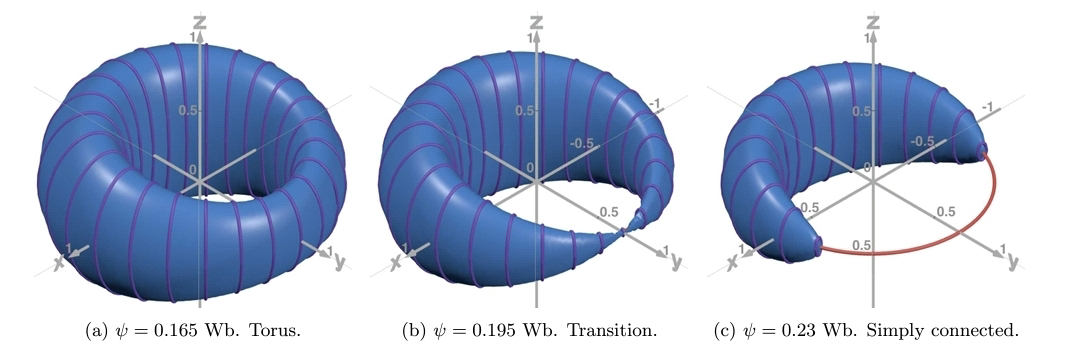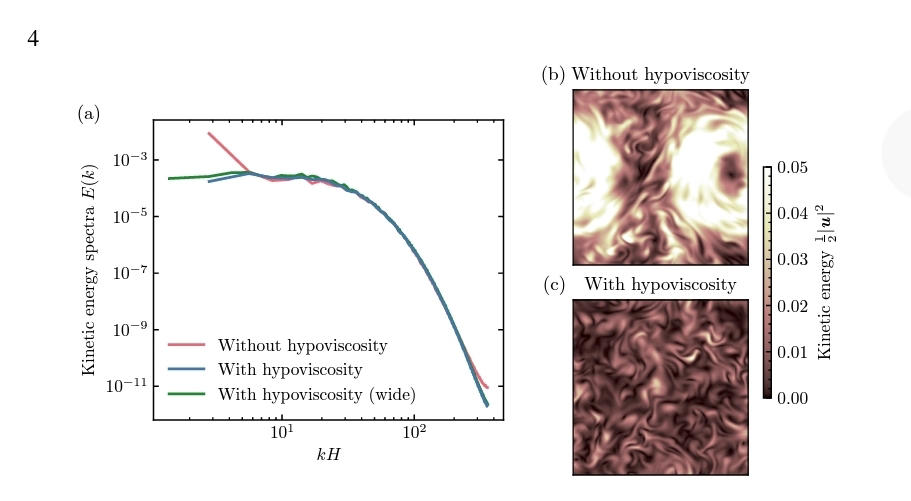<< Microorganisms often encounter strong confinement and complex hydrodynamic flows while navigating their habitats. Combining finite-element methods and stochastic simulations, (AA) study the interplay of active transport and heterogeneous flows in dense porous channels. (They) find that swimming always slows down the traversal of agents across the channel, giving rise to robust power-law tails of their exit-time distributions. These exit-time distributions collapse onto a universal master curve with a scaling exponent of ≈ 3/2 across a wide range of packing fractions and motility parameters, which can be rationalized by a scaling relation. >>
<< ️(AA) further identify a new motility pattern where agents alternate between surfing along fast streams and extended trapping phases, the latter determining the power-law exponent. Unexpectedly, trapping occurs in the flow backbone itself -- not only at obstacle boundaries -- due to vorticity-induced reorientation in the highly-heterogeneous fluid environment. >>
Pallabi Das, Mirko Residori, Axel Voigt, et al. Vorticity-induced surfing and trapping in porous media. arXiv: 2511.02471v1 [cond-mat.soft]. Nov 4, 2025.
Also: swim, microswimmers, intermittency, disorder, vortex, in https://www.inkgmr.net/kwrds.html
Keywords: gst, swim, microswimmers, intermittency, disorder, vortex, self-propel, run-and-tumble dynamics, hop-and-trap pattern, surf-and-trap motility pattern.








